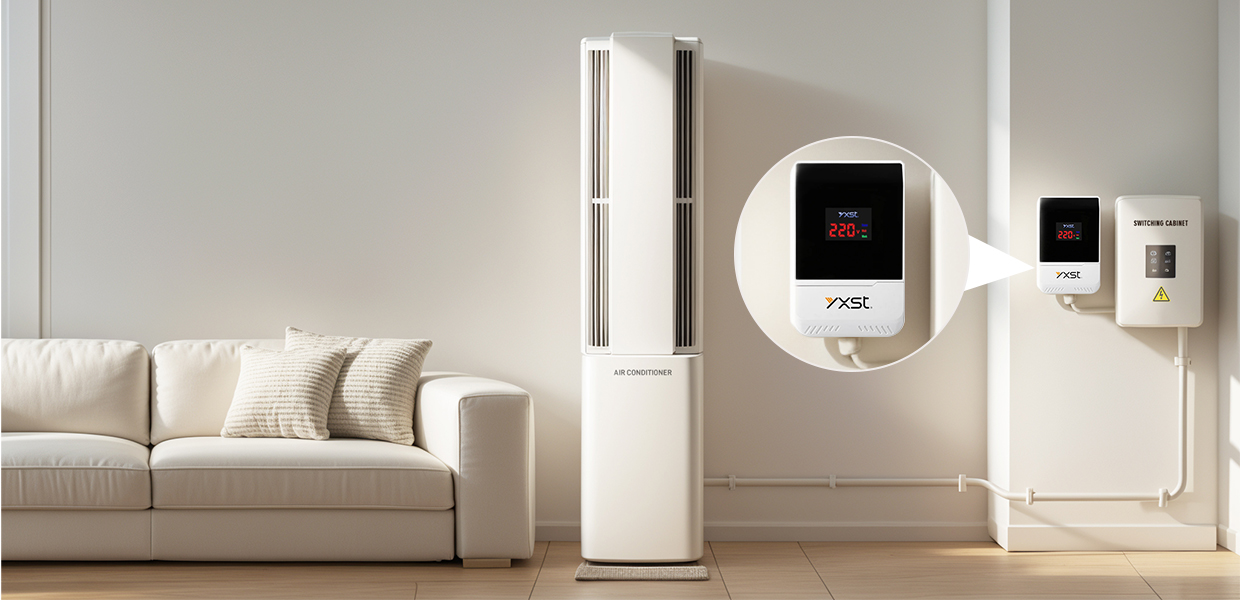Difference between surge protector and adjustable voltage protector
Date:2025-01-10 Click:659
Surge Protector:
Purpose:
Surge protector protects devices from sudden, high-voltage spikes or surges (e.g., lightning strikes, power grid fluctuations, or switching on and off of heavy machinery).
How surge protector works:
It uses components like varistors or gas discharge tubes to absorb or divert the excess voltage to the ground, preventing it from reaching your devices.
Surge protector key Feature:
Surge protectors don't regulate or adjust voltage levels. They only respond to spikes that exceed a certain threshold, often measured in joules (energy absorption capacity).
Common Use:
Power strips with surge protection, whole-house surge protectors, etc.
Adjustable Voltage Protector:
Purpose:
Adjustable voltage protector protects devices from over-voltage (when the voltage is too high) and under-voltage (when the voltage drops too low).
How it works:
It monitors the incoming voltage and adjusts it if necessary. If the voltage exceeds or falls below preset levels, the device either cuts off the power supply or activates a protection mechanism to prevent damage.
Key Feature:
Adjustable voltage protectors allow you to set the minimum and maximum voltage levels, providing more control over voltage stability.
Common Use:
Devices sensitive to voltage fluctuations, such as appliances, industrial equipment, and electronics that need consistent voltage.
Summary of Key Differences Adjustable voltage protector VS Surge Protector:
Surge Protector: Only deals with sudden voltage spikes.
Adjustable Voltage Protector: Deals with both high and low voltage levels, and can be adjusted for specific thresholds.
You may enjoy these related articles:
→ Yixing Adjustable Digital Voltage Protector: The Best Solution to Protect Your Electrical Devices



